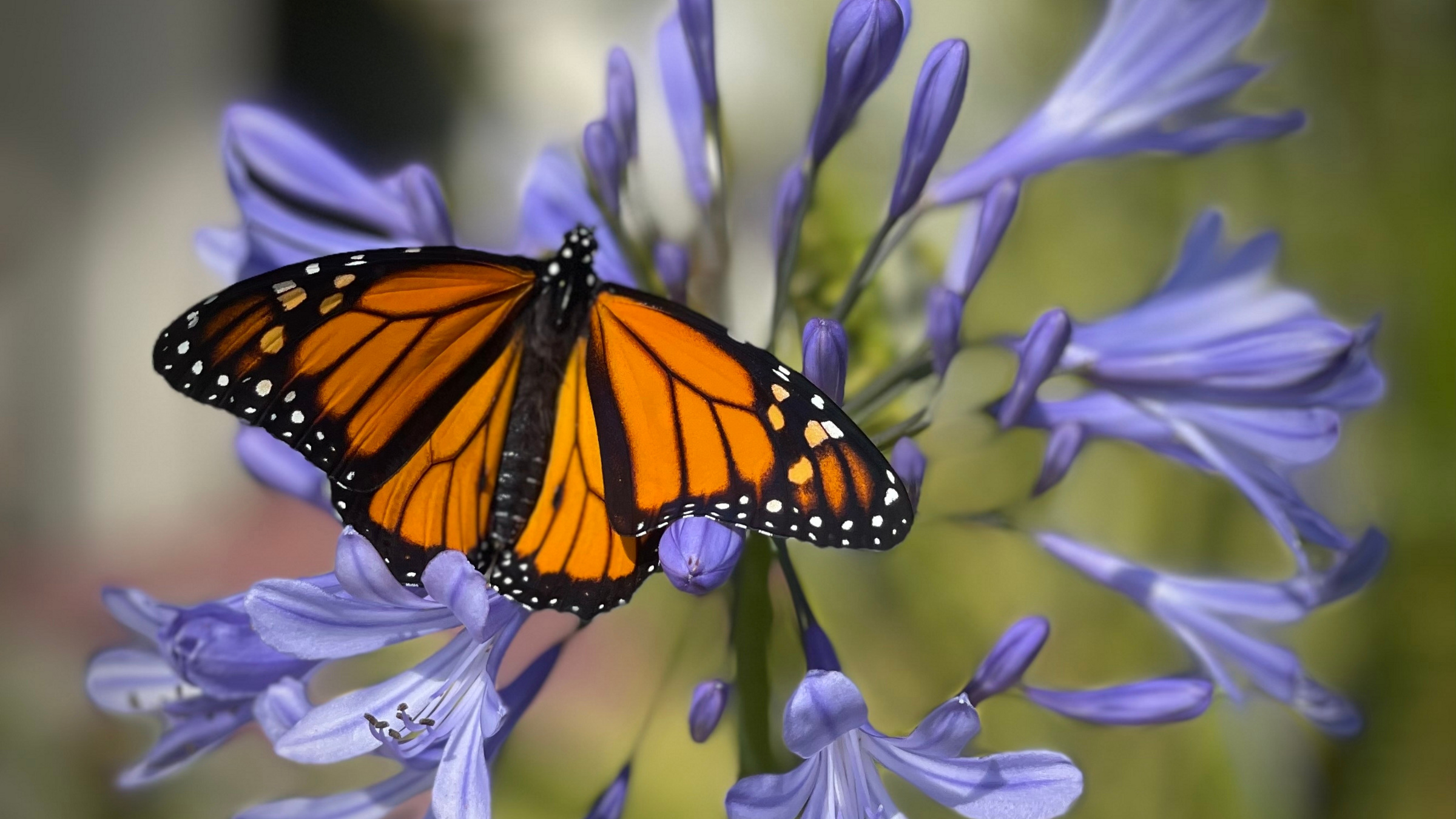From an engineering perspective, biological systems perform some incredible feats. A bee has enough stored energy to fly for hours, it has vision to navigate, is very sensitive to smells, and it can process all this information onboard within a tiny, power efficient and lightweight biological system. If we look at something even simpler like a dandelion plant, it can disperse its seeds in the wind for over a kilometer in the right conditions. By comparison, there is a big gap between these biological systems and the capabilities of current Internet of Things (IoT) and embedded systems, which are much larger and heavier, and most cannot move around.
Over the past few years, the mobile systems community has been designing technologies to close the gap between biological engineering and programmable wireless systems. This includes engineering systems ranging from tiny battery-free wireless devices that move around and float in the air like dandelion seeds3 to creating wireless sensors so small we can attach them to tiny insects like bees, beetles, and “murder” hornets, which can then be used to understand the behavior of these insects in the wild.2 However, all these prior systems have a limited operational range of 100s of meters from a base station.
The following paper describes a critical milestone in the community’s efforts toward creating the Internet of biological things. The paper introduces mSAIL, which is an 8 × 8 × 2.6mm and 62mg-embedded system designed to track the location of monarch butterflies up to 4000km. mSAIL has multiple custom integrated circuits with a custom battery, solar power harvesting for recharging, light and temperature sensors, and an ultra-low power processor to perform compression on the sensor data. The system consists of a crystal-free radio that can communicate at 150m. A data compression algorithm is run on the processor to reduce the data size collected over a potential three-month migratory journey of the butterflies to fit within the 16kB on-board memory.
The challenge in tracking such a low-power bio-integrated device at the planetary scale is that it needs a localization system that works anywhere on the world, like GPS. However, GPS is power expensive and does not meet the energy constraints of these tiny devices. Instead, the authors use a creative method where they train a neural network to estimate the approximate location using the noisy light and temperature reading from the device itself and show that such an approach can be used as a proxy for location.
The paper also presents extensive benchmark evaluation with the sensor system attached to live Monarch butterflies over multiple days in a botanical garden. Preliminary results show the additional sensor weight does not have a noticeable change in the flight metabolic rate of the butterfly. While there is additional deployment work to be done in analyzing the migration of the monarch butterflies using these wireless sensors over a longer duration, mSAIL addresses the key technical and systems challenges in building such a lightweight low-power sensor system.
There are promising opportunities with bio-integration beyond piggybacking wireless sensors on living organisms. For example, animals and insects can smell at orders of magnitude higher sensitivity than human-made sensors. Indeed, it is possible today to cut the antenna of a moth and use it as a smell sensor.1 Exploring this kind of a bio-hybrid system to contactlessly smell for various medical conditions and diseases like COVID-19, malaria, and diabetes can be transformative. Similarly, while current system demonstrations are of single devices (or a handful of devices), in nature, plants produce hundreds of seeds and bees live in colonies with hundreds or thousands of their peers. The next big leap would be to create the technologies required to build large-scale networks of thousands of these tiny-scale devices as well as incorporate complex artificial intelligence into them.
This is an exciting time to create the future of wireless and cyber-physical systems and in particular the kinds of things that reduce the gap between programmable IoT systems and biology. While biology does not have answers to every problem, there are many things nature can do better than electronics that we can learn from. This interdisciplinary approach has the potential for lots of innovations in the next 10 years in the field of wireless and cyber physical systems.




Join the Discussion (0)
Become a Member or Sign In to Post a Comment